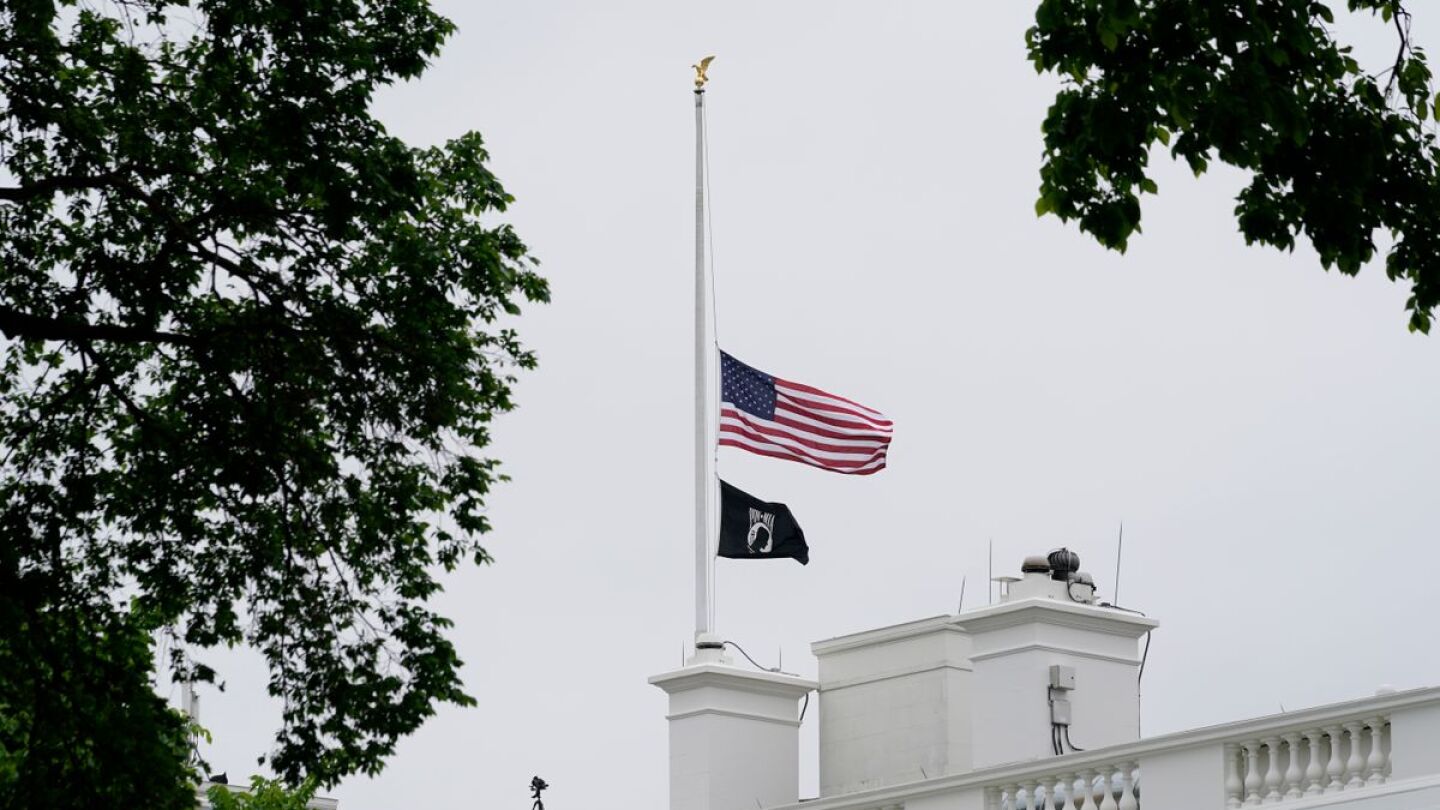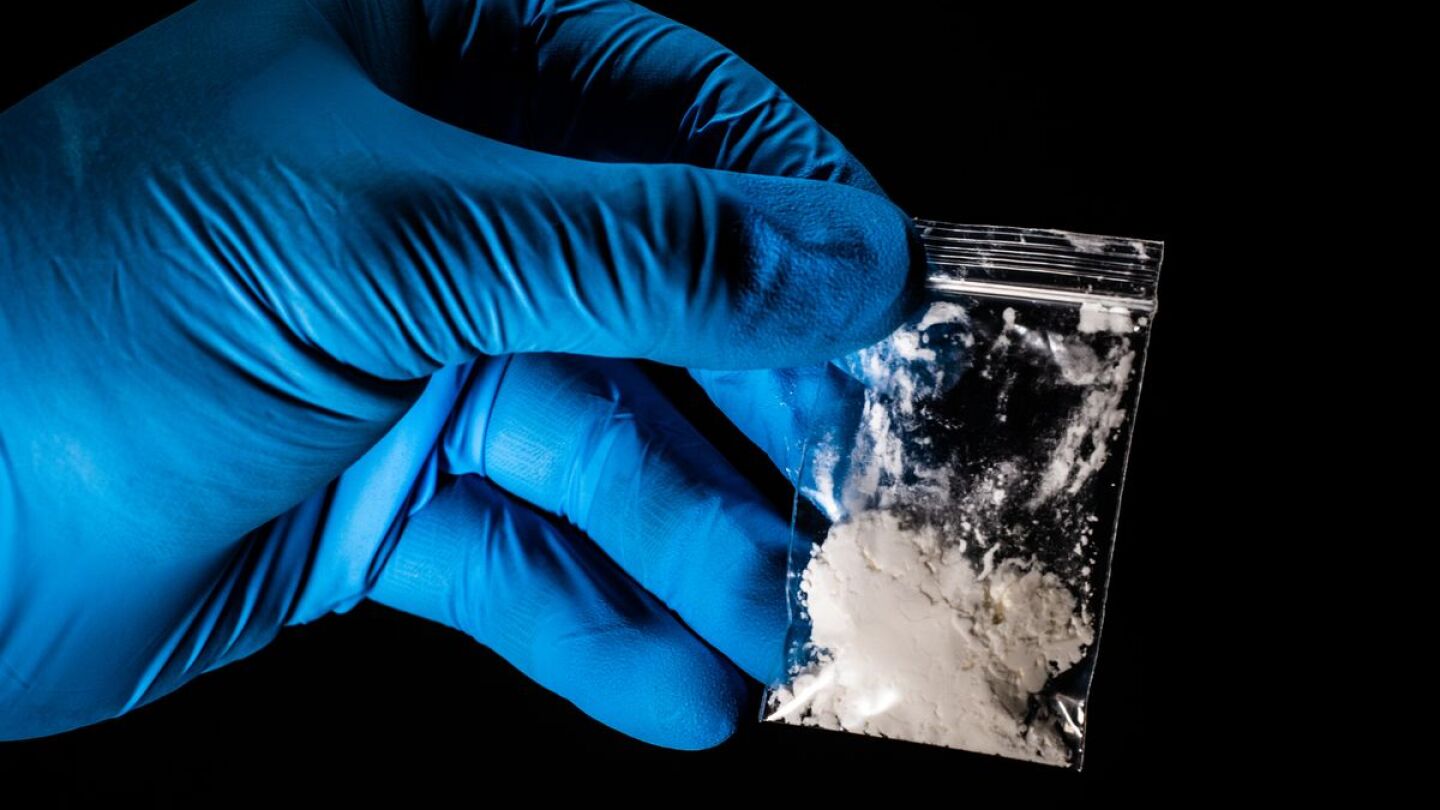Substance Use Disorders
This section provides EMS professionals with resources and training focused on identifying, managing and responding to patients with substance use disorders (SUDs). Articles cover recognition of drug and alcohol use in the field, treatment best practices, harm reduction strategies, and the evolving role of EMS in the opioid crisis. Learn how to address provider safety, compassion fatigue and stigma, while improving patient outcomes through evidence-based care and community partnerships.
Day 1 of the Wisconsin EMS Association conference featured sessions on sepsis, electrolyte imbalances, facial trauma and traumatic amputations
Recruitment, the opioid epidemic, climate change and mental health challenges are just as significant for paramedics now as they were in the heat of the campaign
From an airway management wake-up call to the efficacy of naloxone on out-of-hospital cardiac arrests, these studies will be making waves in 2025
“Do you want a headbutt?” EMT Nicholas McGowan asked, according to court documents
East Ridge police said they saw James Robert Bennett assault a man who was overdosing on opioids; Bennett says it was a painful stimuli test
Nicholas McGowan told police he was on his way home after work when he crashed his vehicle
Dispatchers took more than 400 calls for injuries, drinking, vehicle crashes; the injured include a Galveston County Sheriff’s Office deputy
Charges are pending against the suspect, who reportedly shot the 25-year-old EMT in the ambulance
A Stevens County Fire District 7 ambulance was rammed on the road, and District 2 reported the theft of a truck and equipment
Reflecting on the pain of 10 killed in a hate-driven shooting, 100,000 dead of drug overdoses and 1 million lost to COVID-19
The provisional 2021 total marked a 15% increase from the previous record, which was set in 2020
Illicit fentanyl is the biggest driver of the recent rise in U.S. overdose deaths, according to the CDC
The pharmacy chain is the 12th defendant to settle with the state, which will use the funds to address addiction and overdoses
States including Arizona, Nevada, Maine, Maryland, Wisconsin and North Carolina have removed fentanyl test strips from prohibited lists
Our co-hosts dissect Editor-in-Chief Kerri Hatt’s recent article on fentanyl exposure based on her conversation with Simon Taxel, NRP, BA, crew chief and public safety diver with the Pittsburgh Bureau of EMS
Learn more about the real consequences of fentanyl misinformation and educate public safety partners
A poll of nearly 600 EMS1 readers found that a stunning majority are in favor of providers being able to use medical marijuana if their state allows
The Ulster Hose Company No. 5 crew was removing a patient from the vehicle when it rolled backward, causing broken bones and facial injuries
Patrick Sullivan pleaded guilty in March to charges related to a motorcycle crash that killed Ryan Ferrara
An EMS crew had transported Diana M. Corcorran to a hospital after treating her for a suspected overdose
Test your knowledge of intra-axial injuries, central herniation, subarachnoid hemorrhage and more
Personnel from the Santa Barbara County Fire Department, the Sheriff’s Office, American Medical Response and other organizations responded
The settlement money will go to developing programs to help fight addiction
The settlement includes an $84 million donation of Narcan to the state of Florida
Austin leaders are considering rule changes after a Texas law approved low-THC products to treat PTSD
The County has set up free vending machines for people exiting jails and sent medical teams out with naloxone on their rounds at encampments
TBI risk factors, managing patient refusals and oxygenation tips for treating head injuries
Each crew will include a firefighter/EMT, a social worker and a police officer
Fentanyl, morphine and ketamine were taken from a Sumner County ambulance and replaced with saline
Patrick Sullivan and Ryan Ferrara were riding a motorcycle without helmets when the fatal crash happened
Renovo Fire Department Chief Jimmy Ray Risley has been arrested
MOST POPULAR
- Study: Average price of naloxone jumps 500% for uninsured Americans
- NY FF-EMT files lawsuit, says he was fired for medical marijuana use
- Don’t do these 5 things while de-escalating mental health/substance abuse crises
- Honolulu EMS sees 20% spike in calls since pre-COVID
- FDNY chief’s ex-EMT son, who impersonated cop in robbery, sentenced





























